The saltwater crocodile is the worlds largest living reptile with some weighing in at 2,200 pounds and reaching lengths of almost 20 feet. Crocodylus porosus is mostly found on the coasts of northern Australia, Indonesia, and the islands of New Guinea. It spreads out into the Philippines, Palau, Vanuatu, the Solomon Islands, and even parts of Southern China. These are massive distances to cover by sea for an animal that's not the best swimmer.
After over a year of studying 27 adult crocs using underwater receivers and gathering 1.2 million data points, some fascinating discoveries were revealed about their roaming behavior. A study first conducted in 2010, published in the Journal of Animal Ecology, and housed in the British Ecological Society database found the secret to their ocean travels revolved around tidal currents.
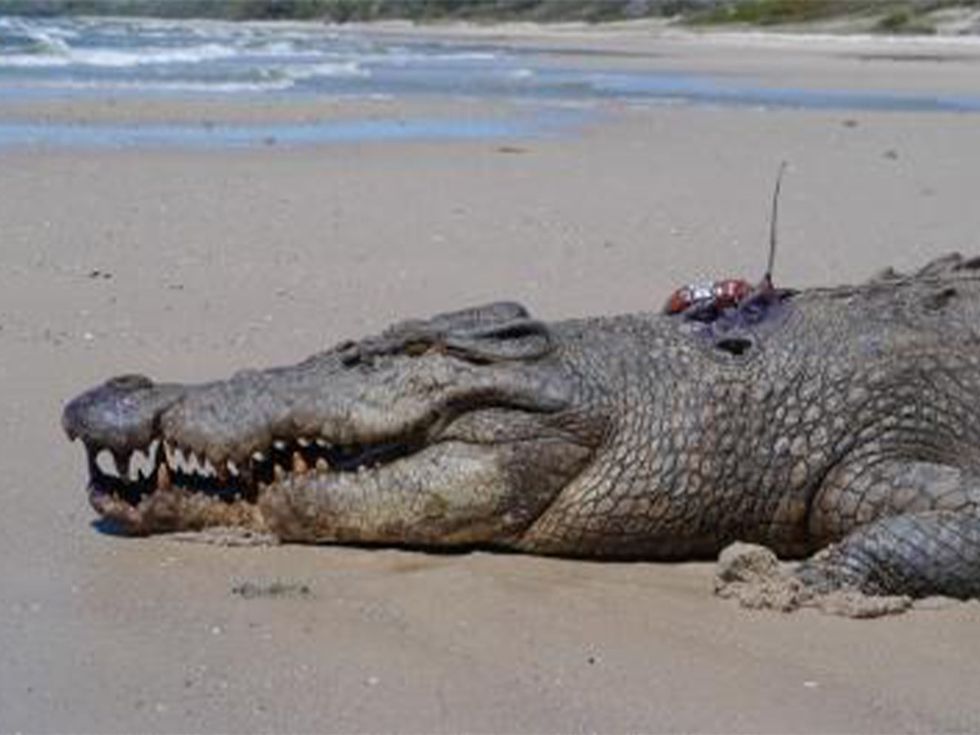
Crocodiles riding the tidal currents
To understand how these relatively sedentary animals could travel such vast distances, the transmitters began to reveal some insightful behaviors. The crocs know how to follow and ride the tides. The study reports, "During long-distance travel, the crocodiles would halt their journey once the tide turned and the current direction was flowing opposite to the directional movement of the crocodile." One particular tagged animal commenced its ocean travel specifically timed with a seasonal current. The transmitter revealed that when the current slowed for a few days, the crocodile moved to shore and waited. It reinitiated its travel only after the current velocity increased in the direction of the crocodile's travel.
These ocean-surfing reptiles would cover massive distances from the mouth of a river out into the open sea. Trips could cover as far as 31 miles. EurkAlert! covered the research by Dr. Campbell, one of the study's authors, where he explains:
"Because these crocodiles are poor swimmers, it is unlikely that they swim across vast tracts of ocean. But they can survive for long periods in salt-water without eating or drinking, so by only traveling when surface currents are favorable, they would be able to move long distances by sea. This not only helps to explains how estuarine crocodiles move between oceanic islands, but also contributes to the theory that crocodilians have crossed major marine barriers during their evolutionary past."
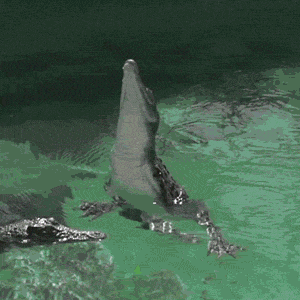
Fascinating facts about these living dinosaurs
These "living fossils" as described in 4Ocean, have existed basically unchanged for millions of years with lineage dating back to the dinosaurs. Taking down massive water buffalos, leaping upwards to catch birds mid-flight, and even hunting down sharks, they are ferocious hunters. Living over 70 years and swimming hundreds of miles, they are uniquely capable of surviving their ocean adventures. It's the special glands located near their tongues that allows them to excrete excess salt and endure the oceans where other reptiles cannot.
Crocodiles are extremely dangerous and attack humans 20-30 times a year according to Crocodile Specialist Group (CSG), a group dedicated to conservation of the species . Humans unfortunately fall into the category of a "nicely sized meal." With their massive bodies, crocs are quite comfortable taking down a wide range of prey. CSG offers some safety tips which include, "Never swim, dive or enter the water for any reason in areas where crocodilians are known to be present. You are not safe in deep water: crocodilians can bite whilst fully submerged."
Conservation Status
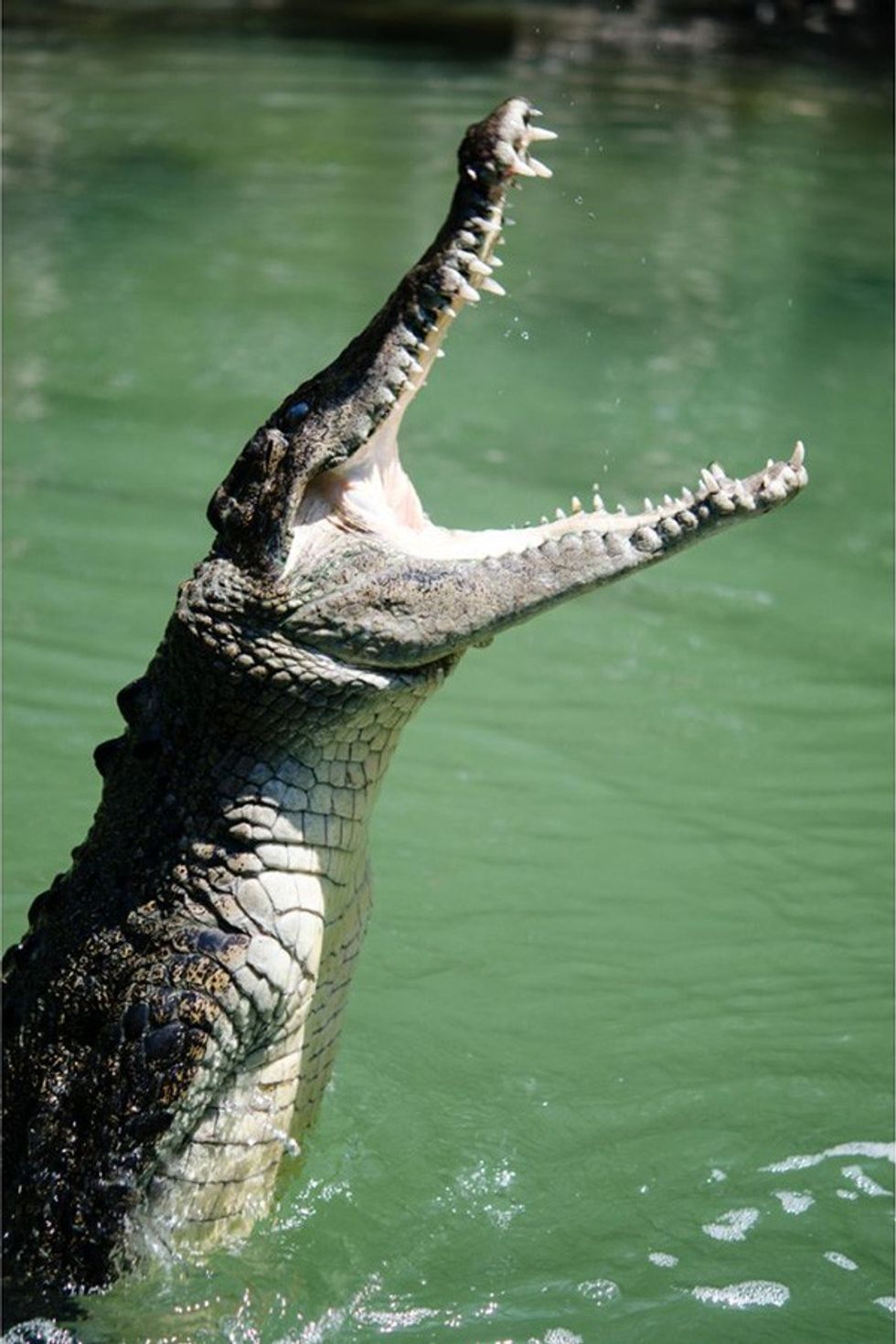
MarineBio Conservation Society, established in 1998, hopes to educate the world on ocean life, marine biology, and marine conservation. Although not yet considered an endangered species, the crocodylus porosus populations have significantly fallen in many countries due to their skin being in high demand. There are farms literally established specifically to raise crocodiles only for their hides.
The image of a surfing, modern-day dinosaur is hard to forget. As science continues to gather more information about the planet and the animals that live here, hopefully we can find better ways to cohabit this ever evolving planet.





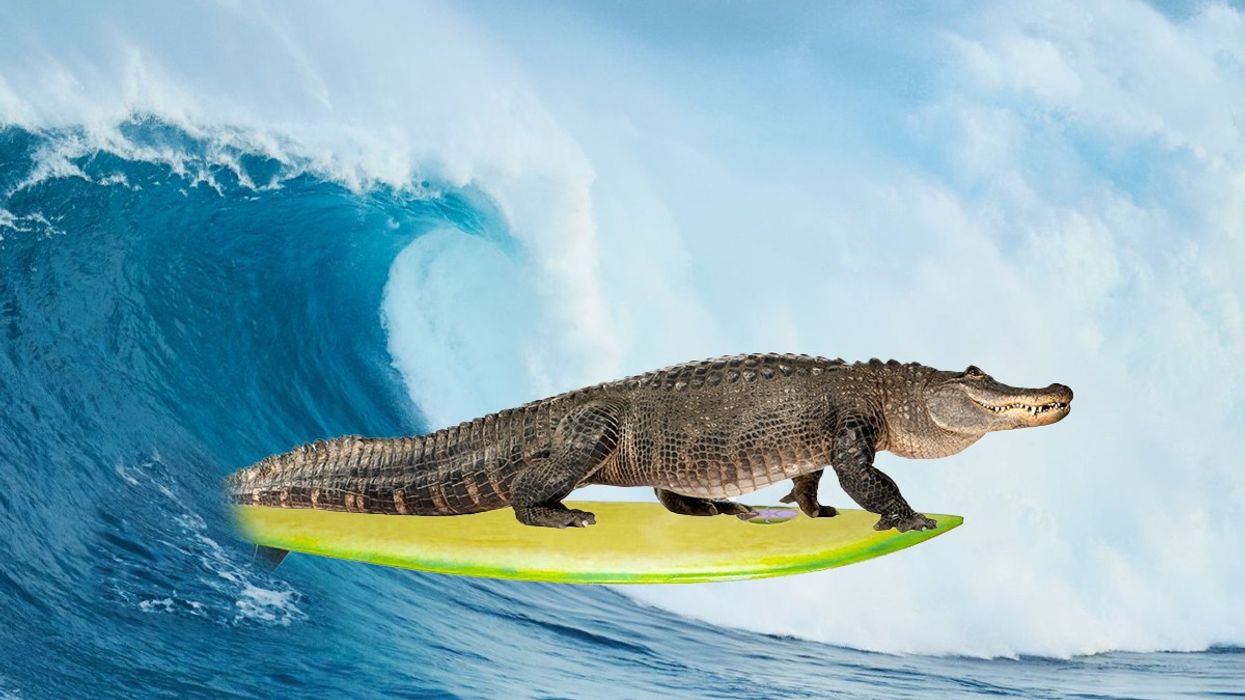











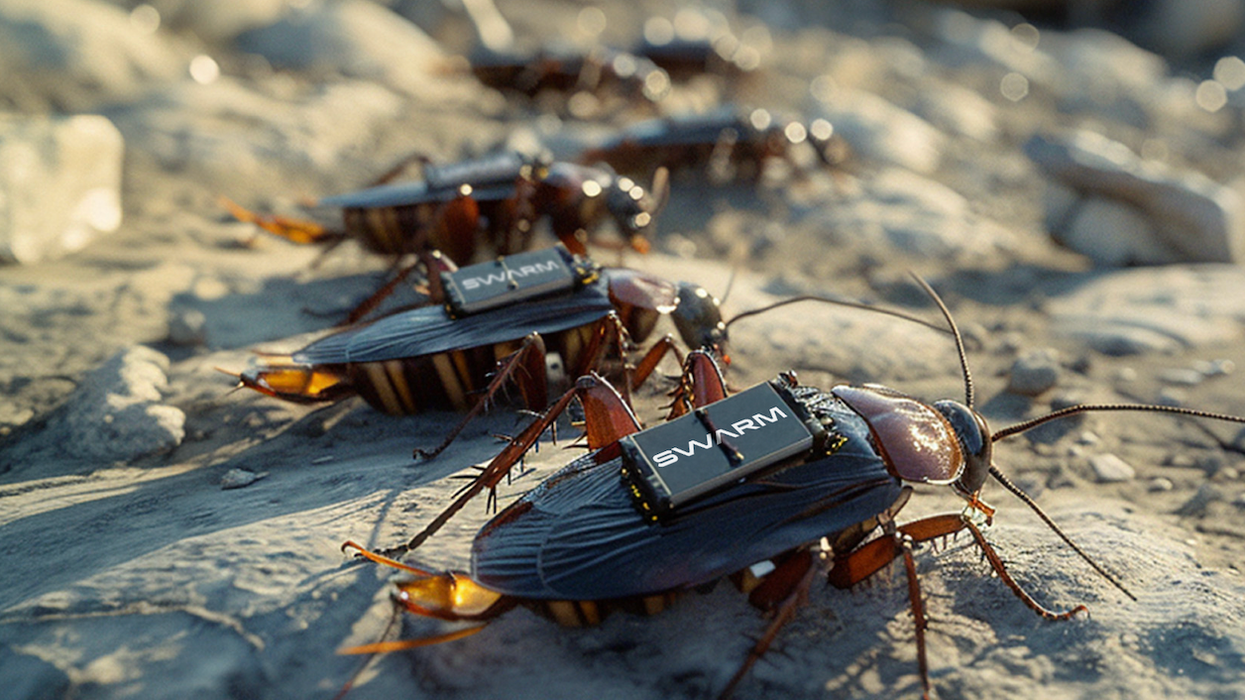


 A road near equatorial Atlantic OceanCanva
A road near equatorial Atlantic OceanCanva Waves crash against rocksCanva
Waves crash against rocksCanva
 Older woman drinking coffee and looking out the window.Photo credit:
Older woman drinking coffee and looking out the window.Photo credit:  An older woman meditates in a park.Photo credit:
An older woman meditates in a park.Photo credit:  Father and Daughter pose for a family picture.Photo credit:
Father and Daughter pose for a family picture.Photo credit:  Woman receives a vaccine shot.Photo credit:
Woman receives a vaccine shot.Photo credit: 
 Image artifacts (diffraction spikes and vertical streaks) appearing in a CCD image of a major solar flare due to the excess incident radiation
Image artifacts (diffraction spikes and vertical streaks) appearing in a CCD image of a major solar flare due to the excess incident radiation
 Brady Feigl in February 2019.
Brady Feigl in February 2019.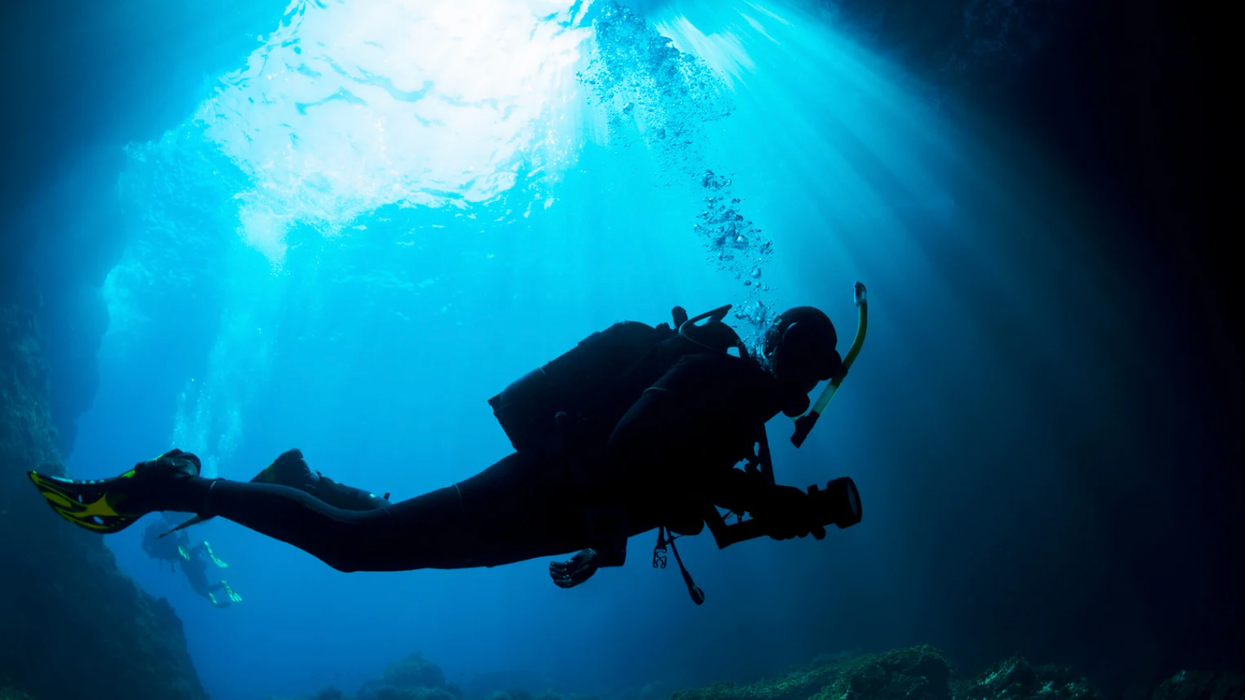
 Yonaguni Monument, as seen from the south of the formation.
Yonaguni Monument, as seen from the south of the formation. 